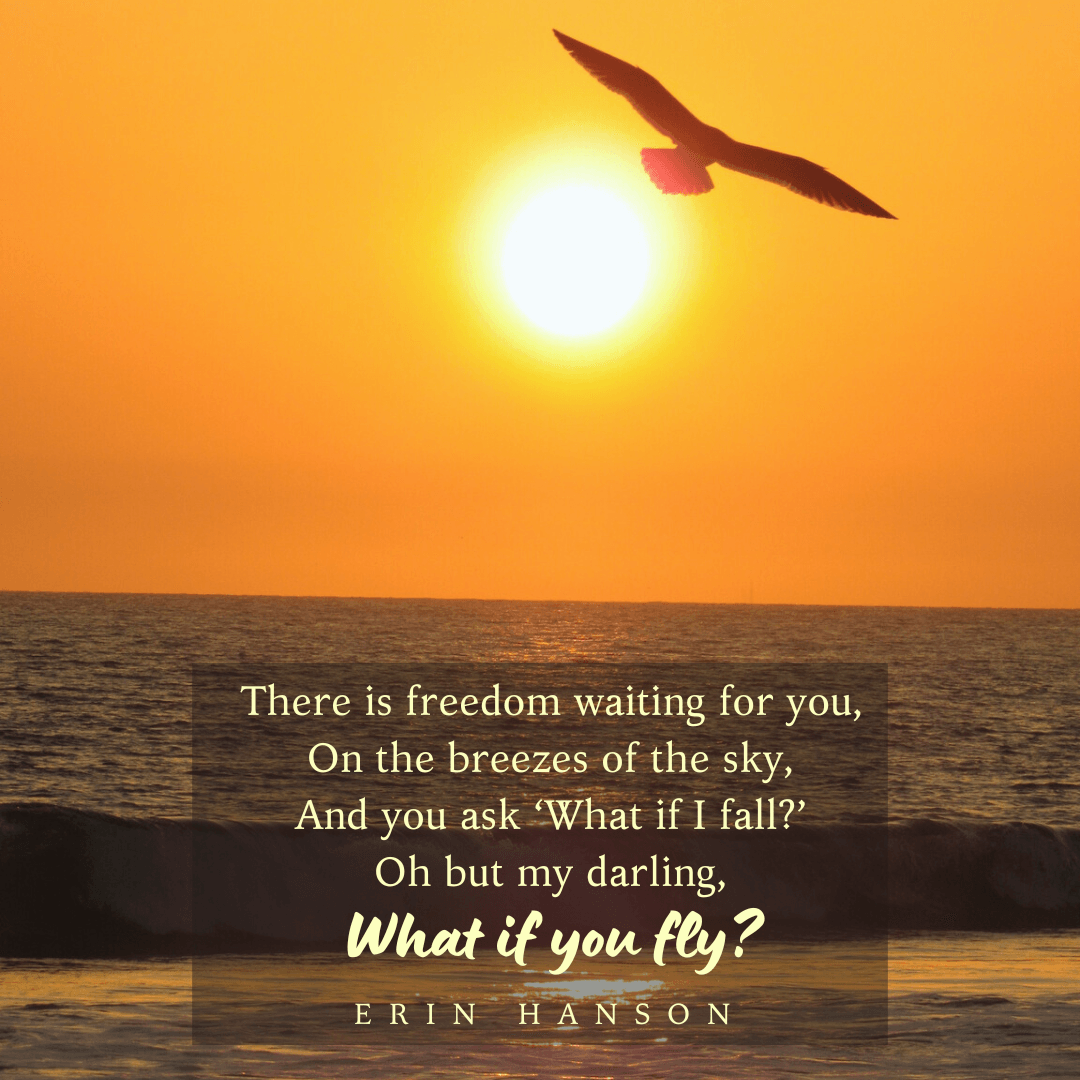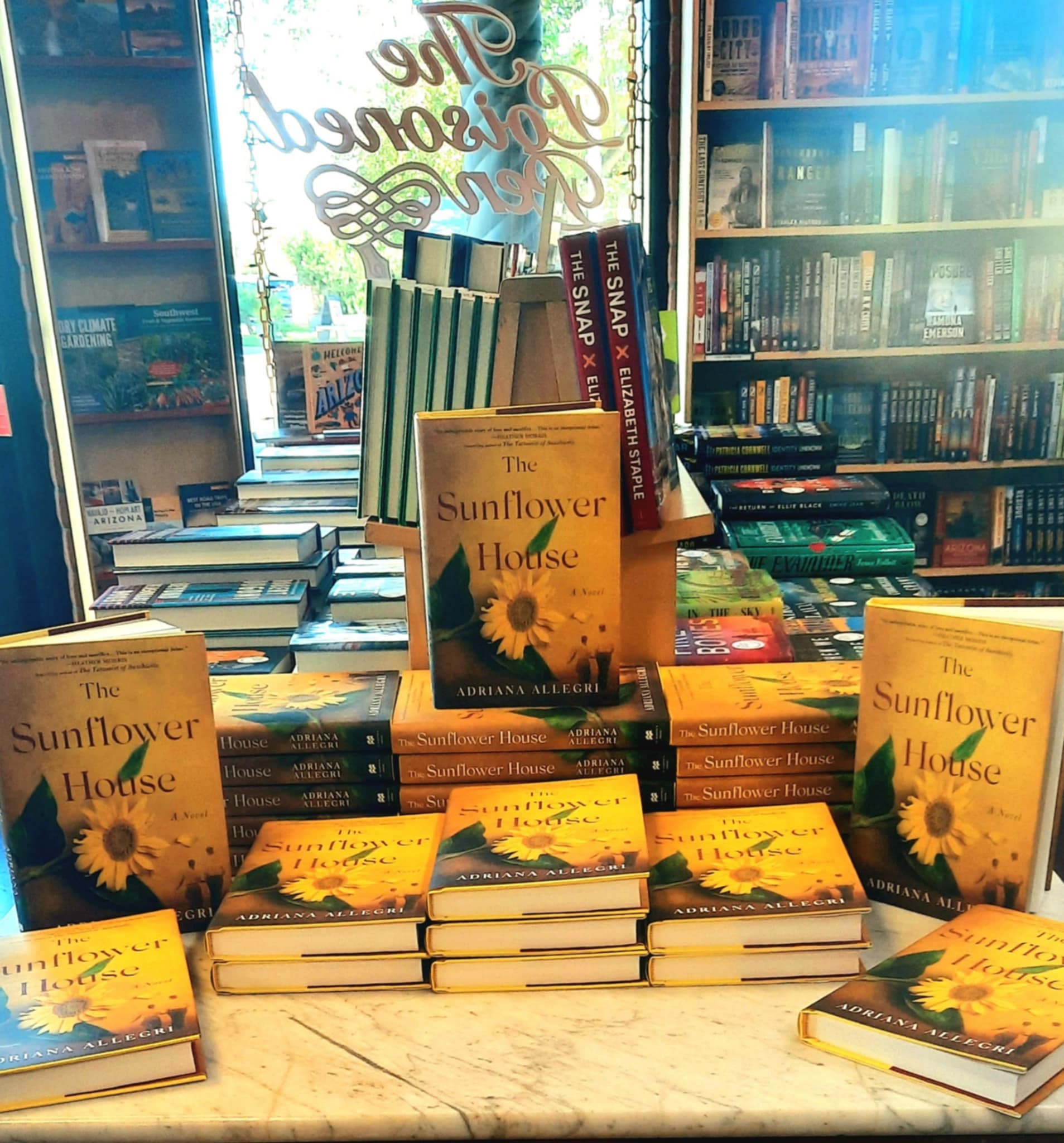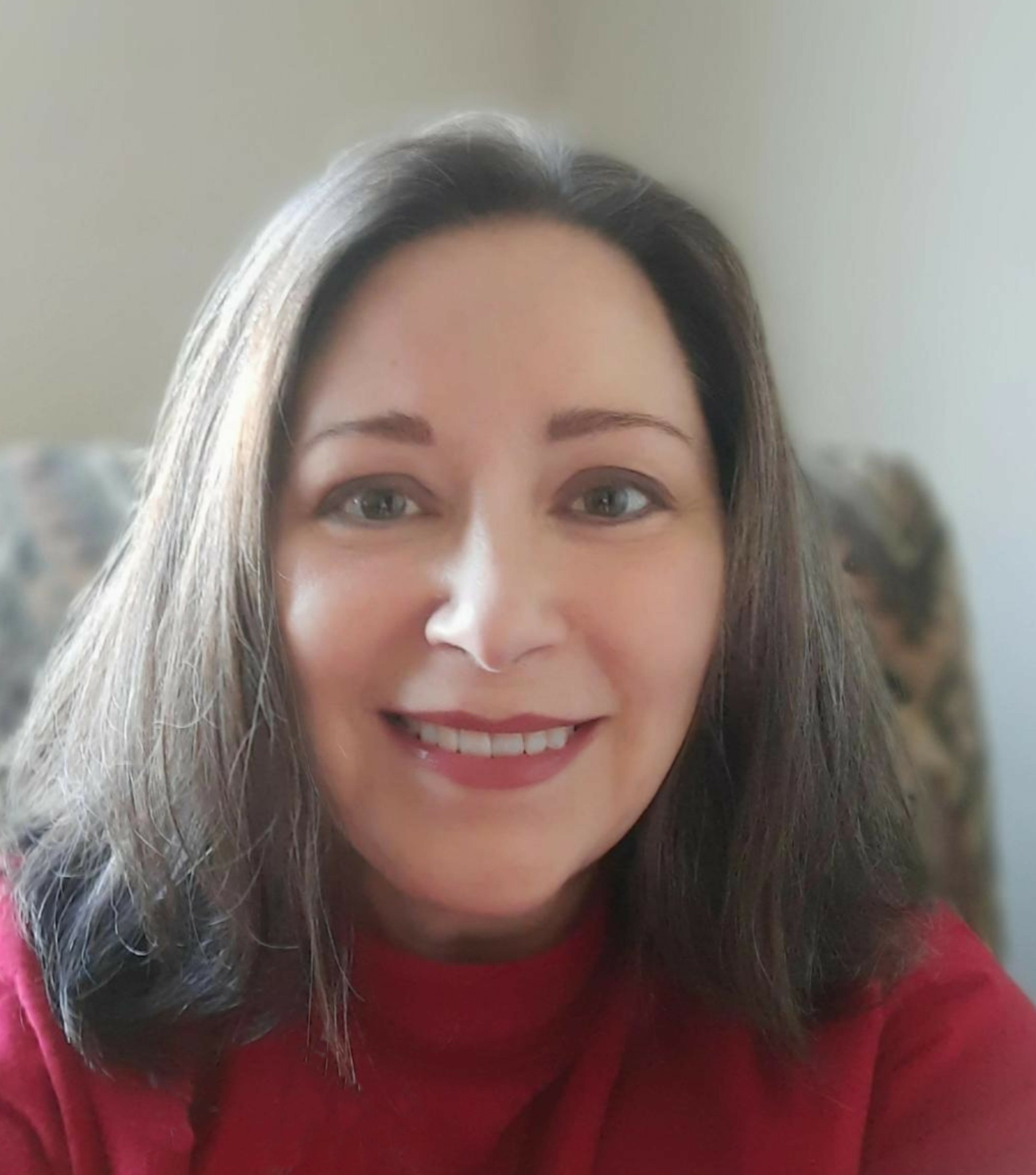We were lucky to catch up with Adriana Allegri recently and have shared our conversation below.
Adriana, looking forward to hearing all of your stories today. It’s always helpful to hear about times when someone’s had to take a risk – how did they think through the decision, why did they take the risk, and what ended up happening. We’d love to hear about a risk you’ve taken.
The largest, and most life-changing risk I’ve taken is to listen to my intuition and pursue my dream of becoming a published author. Doing so involved two career changes and cross-country moves and was absolutely worth it!
It all began with a voice in my head. Sounds crazy, but it’s true.
More than twenty years ago, I was a high school teacher on summer break who woke up from a dream in tears. The voice in my head was clear and insistent, so I ran to my computer and dashed out a few pages in stream-of-consciousness mode.
There was no plot, just a box with a swastika, family secrets, and a mother-daughter relationship in need of healing. It felt like a short story, although the story was unfinished. The same thing happened a week or so later, only that time the pages were about resolution, understanding, and healing between a mother and daughter.
I realized these pages were not short stories but the beginning and ending of a novel, which was intriguing but problematic. I didn’t consider myself a writer at the time. I’d dabbled in short stories and fan fiction for years, but never pursued writing seriously or thought of working on a novel.
I decided to find a story worth telling and began my research into Nazi Germany. An article about Hochland Home and other Lebensborn facilities like it raised the hairs on my arms. I knew I’d found my story.
Research began in earnest. I spent weeks on dozens of topics—everything from art to food to religion to architecture to Nazi philosophy and, of course, to the specifics of Heinrich Himmler’s ruthless eugenics program. Within two years, I’d purchased more than a dozen research texts and gotten about 30% of a draft completed. This was frustrating for me. Very slow progress.
I took the largest risk of my life and changed careers. I left education, a career I thought I’d spend my life in, and moved across country to the New York metro area to work as a writer for a data analytics company. This was an ambitious plan and I had no safety net, but it was a fantastic decision because I got to work with fabulous writers and editors and improve my level of skill. The move also meant I was a 6-hour drive from the U.S. Holocaust Memorial Museum in Washington, D.C. which was critical to my research.
After another three years, the first draft was complete, and I began querying agents. I soon learned that the book was far from ready, so that led to classes, critique groups, and contests. After ten more years, dozens of rejections, and a half dozen rewrites, I decided it was time to move back to Arizona. This was also a result of that inner voice/intuition. The career I’d built was very lucrative, but I knew I had to concentrate on my writing full time.
So I moved back and refocused my time on the novel. Within two years (and after about 200 rejections) I met my agent at a conference in Scottsdale. I never would have met that agent if I’d not moved back to Arizona. A few years after that, we got the offer from St. Martin’s Press, and I’m thrilled that The Sunflower House was released in November of 2024.
I’m convinced this book would not have been published had I not listened to my intuition and taken those risks.

Adriana, love having you share your insights with us. Before we ask you more questions, maybe you can take a moment to introduce yourself to our readers who might have missed our earlier conversations?
I’m an author, and my first novel, The Sunflower House, was published by St. Martin’s Press in November of 2024. This first novel is historical fiction, but I also write Supernatural Fiction, Romance, and Contemporary Women’s Fiction.
As a first-generation American with parents who lived in Europe during World War II, I grew up on stories about how small acts of compassion and kindness saved lives. That theme shows up in everything I write, regardless of genre.

We’d love to hear the story of how you built up your social media audience?
Social media presence is important for authors, particularly new authors. I think the key is to be honest about who you are and share as much of your life as you’re comfortable sharing.
My posts tend to focus on my cats, baking, creative projects, and of course, writing and my love of reading. I also tend to share posts that are consistent with the themes of my writing, such as forgiveness, healing, perseverance, resistance, and authentic power.
Finally, it’s important to share your product with the audience, so I’ve been focusing on research for The Sunflower House and also reviews from readers. Authors are very lucky when we make contact with readers who love our work. I’ve been fortunate to receive high praise for my first novel and to have readers who post and repost that praise on social media. It’s thrilling to hear from readers!
It’s organic. I feel strongly that you can’t push growth by pretending to be someone you’re not. Just be who you are and the right people will tune in.

Is there something you think non-creatives will struggle to understand about your journey as a creative?
I’ll share something that I struggled with for years, which is my process. In writing, there are “plotters” and “pantsers.” Plotters tend to outline and have a firm plan about what’s going to happen in a book. That’s not me.
I tried plotting and forcing my characters to do what seemed logical, but every time I did, they refused to obey. The characters went silent.
I’m a pantser, which can be difficult in historical fiction. All the details in a scene need to be historically accurate and the action must fall within the right timeframe.
What worked for me was “chunking” my time. Writing followed research and I never mixed the two.
First, I filled my time with research for days or weeks. I let intuition be my guide and researched whatever topics most intrigued me.
When I was “filled up” with research, I used music to summon the characters. Each character had their own “heart songs” that helped me connect to them. I’d play the music, use movement, and walk around and sing if necessary.
Once I was in the right emotional space, I sat down and let the words pour out. It came down to feeling the emotion in my body, and the process was very intuitive. The best writing days were always the ones when I didn’t remember the process of writing at all, when time passed in a blur.
I kept my research books around me, earmarked and on the floor in piles, in case I needed to refer to them–but most often, I’d use those texts during the editing process to check my work and make sure it was accurate. I tried not to interrupt the actual writing with research, because that would interrupt the flow.
Again, I realize this will sound strange to some folks, but I’ve learned to make peace with it. I also try not to overanalyze the process too much, as the words stop flowing when I do.
For more info on my process and the pursuit of publication, visit my blog on adriana-allegri.com.
Contact Info:
- Website: https://www.adriana-allegri.com
- Instagram: @adrianaallegri
- Facebook: https://www.facebook.com/adriana.writes/
- Linkedin: https://www.linkedin.com/in/adriana-allegri-8209204/
- Twitter: @adrianaallegri
- Other: @adrianaallegri on Threads and Tiktok



